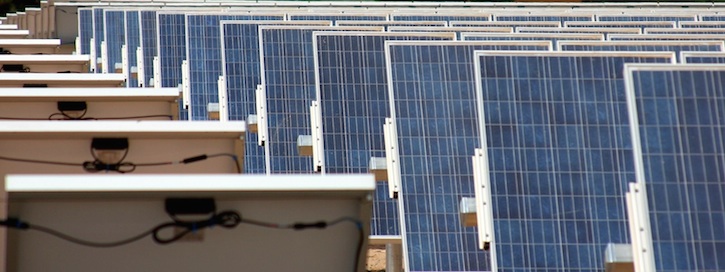
Isolated communities – particularly Indian tribes – are experimenting with microgrids that distribute locally generated, renewable electricity to a small number of homes (h/t to Pat Kennedy for the pointer). Can the same logic be applied to community broadband networks in rural areas? Not really, but thinking it through leads to some interesting ideas.
The difference between electricity and broadband is that broadband is necessarily networked and electricity is not. But local storage can substitute for long-haul bandwidth, up to a point – the Tivo model. So there’s a point to building a high capacity local network, even when the middle mile is pinched.
Which could put you into a development cycle: locally generated electricity leads to large local data storage nodes, which leads to high capacity local networks, which leads to increased use of the storage, which leads to increased storage and eventually to a commercial data center model, which ultimately creates a business case for upgrading the middle mile. Pull out the intermediate steps and you end up with locally generated electricity bootstrapping a commercial data center business – including backhaul – in the middle of nowhere. If you have the necessary infrastructure to support a data center business, you then have the necessary infrastructure for anything else.
There’s an assumption in the cloud world that economics dictates that data storage and application servers become increasingly centralised, and therefore dependent on increasingly faster and higher capacity pipes. The logical endpoint of that assumption is a single, global server farm, with a couple of mirrored backups. Nonsense, of course.
So there is a trade-space between bandwidth, energy and real estate, in terms of delivering data and services at the local level. The input values for that calculation, though, are essentially fixed for urban environments (but that’s another assumption which should be tested), which is why cities need fiber. Rural and wilderness areas, though, are different – if we stop assuming that the fixed economic input values of urban areas also apply there, we might come up with some novel solutions.
